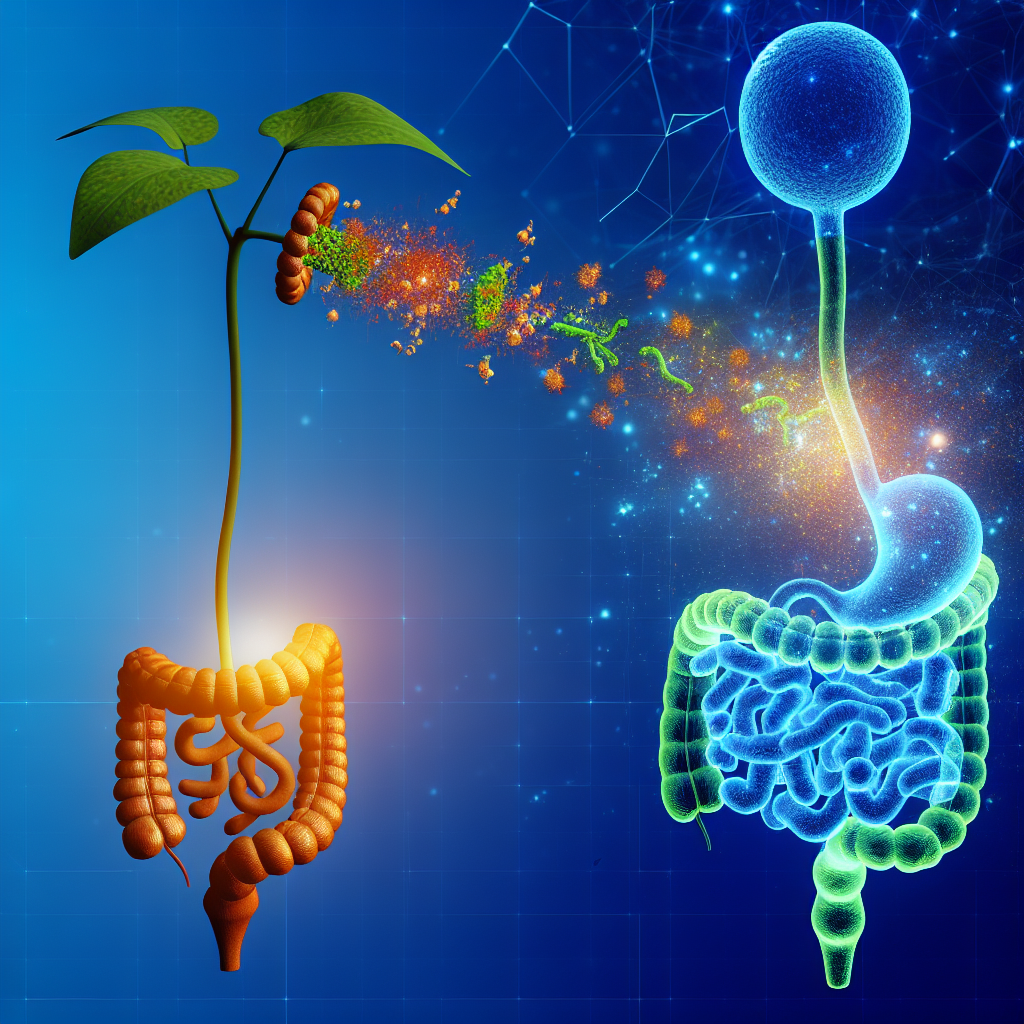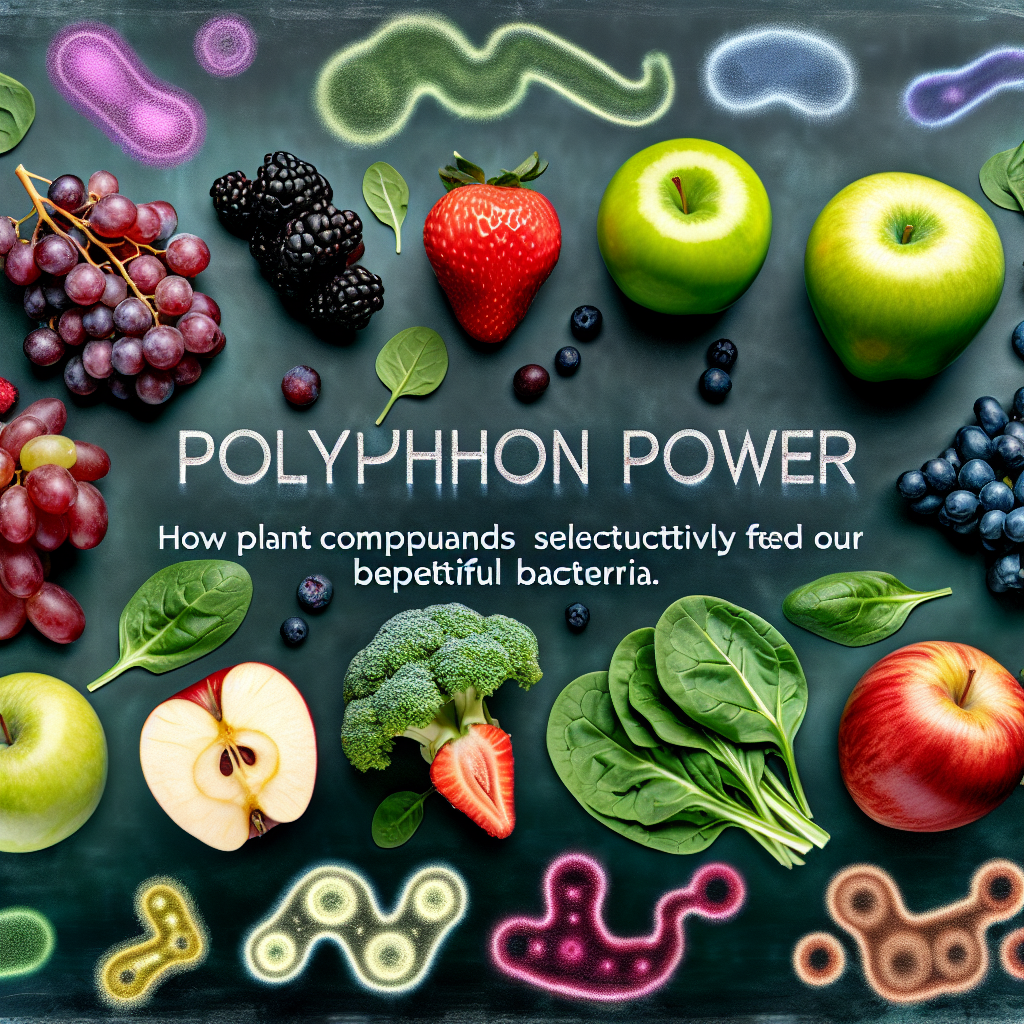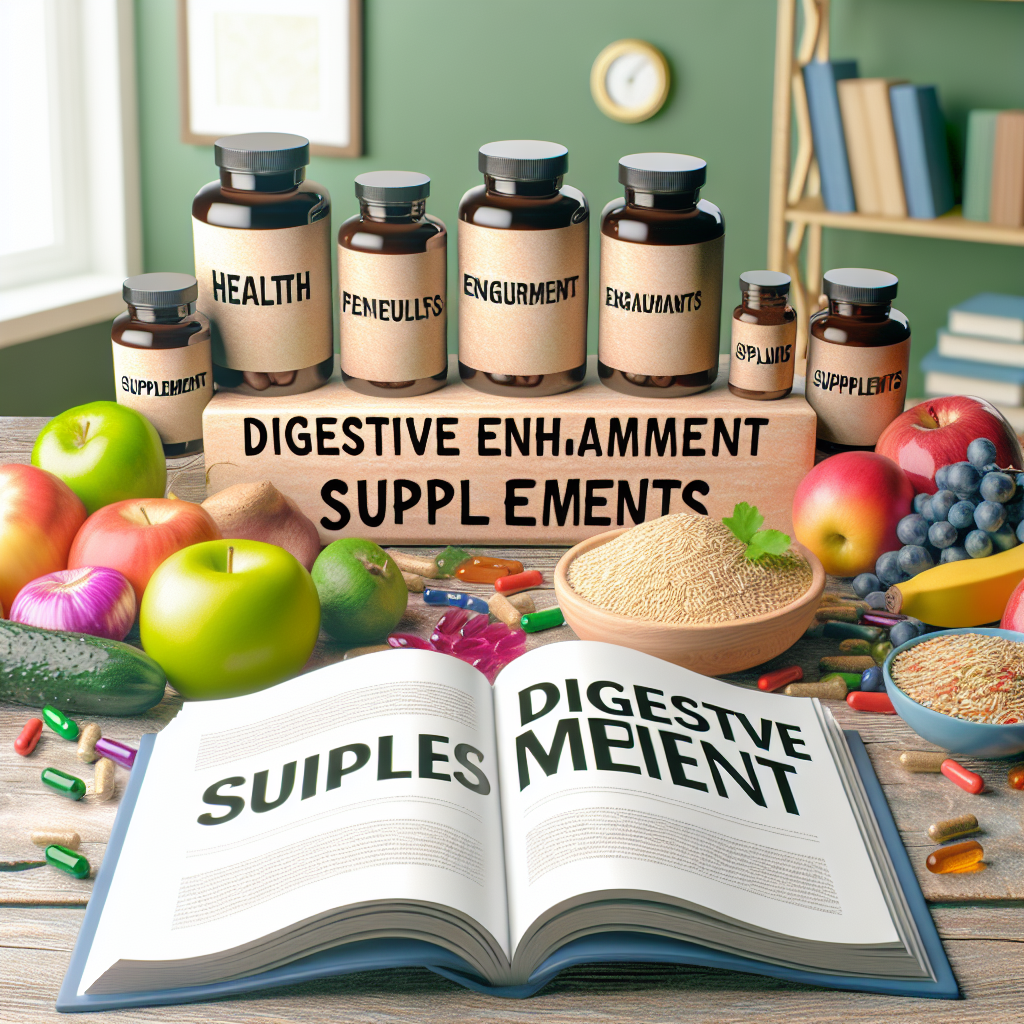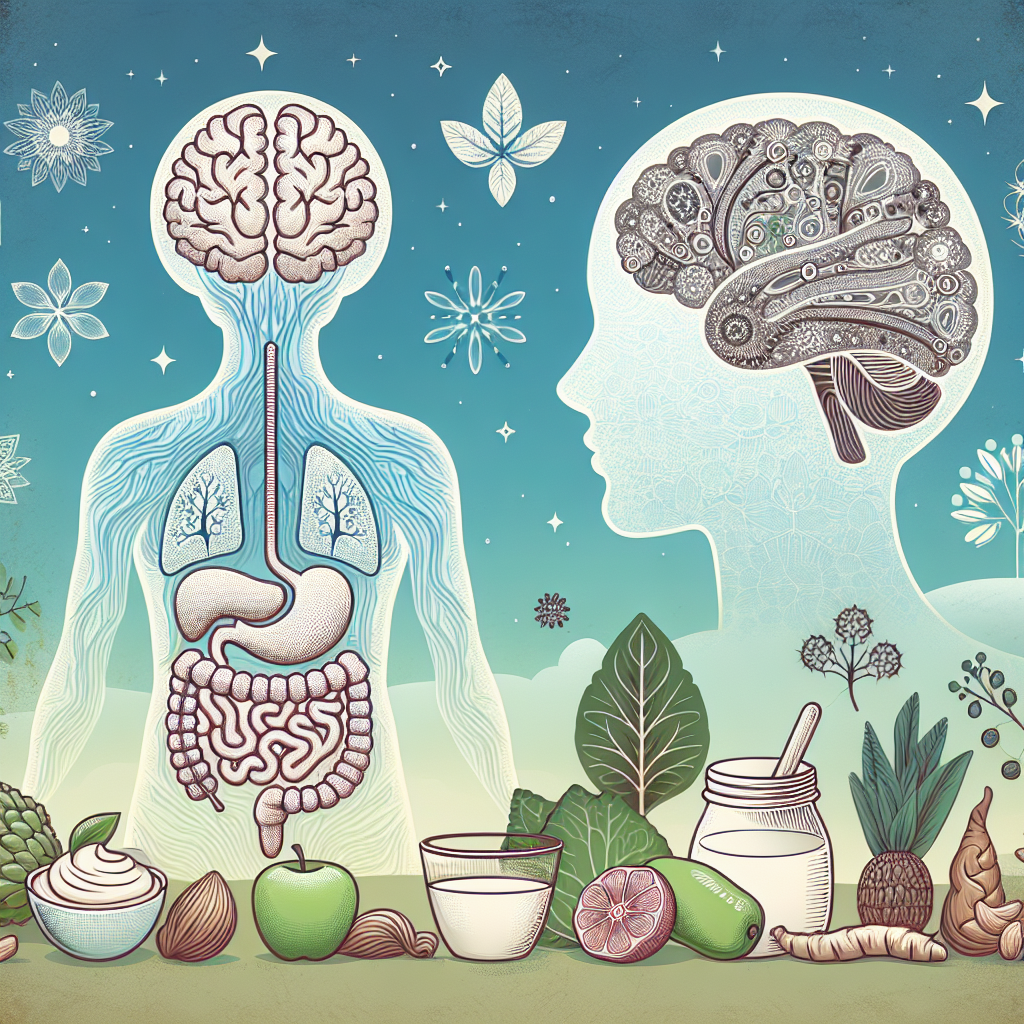Plant Toxins and Gut Permeability: What Lectins Really Do
In the quest for optimal gut health, many individuals are turning to natural remedies, whole food diets, and ancient botanical wisdom. Among the trending topics in this area is the role of plant toxins and their impact on intestinal integrity—particularly lectins. Lectins are a type of protein found in many plant-based foods, including legumes, nightshades (like tomatoes and peppers), grains, and certain seeds. While some tout the benefits of these foods due to their rich nutrient and fiber content, others caution that lectins may pose significant risks to our gut lining, potentially contributing to inflammation, digestive distress, and increased gut permeability—more commonly known as “leaky gut.”
How Lectins Interact with the Gut: What Science Tells Us
The scientific understanding of lectins and their impact on gut health is continuously evolving. Lectins, as carbohydrate-binding proteins, have a unique affinity for the glycoproteins on human cell membranes—including those lining the gut. This binding can, in some individuals and under certain conditions, disrupt cellular communication and compromise the function of the intestinal barrier.
One of the most widely studied lectins is phytohemagglutinin (PHA), found in raw or undercooked kidney beans. Ingesting improperly prepared beans with high concentrations of PHA has been shown to cause gastrointestinal disturbances, such as nausea, vomiting, and diarrhea, all indicative of mucosal irritation. Studies have demonstrated that high levels of lectins can damage enterocytes (intestinal absorptive cells) and increase intestinal permeability. Research published in the journal Toxins noted that certain lectins may interfere with tight junction integrity, potentially triggering inflammation and activating the immune response in the gut (Liener, 1997; Peumans & Van Damme, 1995).
Why Preparation Matters: Neutralizing Lectin Toxicity
However, several studies also underline that preparation techniques significantly reduce lectin activity. Soaking, fermenting, pressure-cooking, and sprouting are traditional food preparation methods that degrade lectins and render these foods safe for most individuals. For example, pressure cooking legumes such as kidney beans effectively neutralizes PHAs, making them digestible and safe.
Additionally, not all lectins are harmful. In fact, some lectins, found in mushrooms and small amounts in cruciferous vegetables, may have beneficial immunomodulatory or even anti-cancer properties. It becomes essential, therefore, to distinguish between harmful and benign – or even beneficial – lectins rather than broad-brushing them as universally toxic.
Gut Microbiome Resilience: Your Hidden Ally Against Lectins
The role of gut microbiota should not be overlooked either. A healthy, diverse microbiome may help counteract some of lectins’ negative effects. Prebiotic-rich foods and targeted probiotics can enhance gut mucosal resilience, offering a buffer against potential irritants like lectins.
In clinical practice, practitioners focused on functional medicine often recommend an elimination trial—a period of 4–6 weeks removing lectin-rich foods followed by strategic reintroduction—to assess individual sensitivity. This personalized approach can guide dietary planning without unnecessarily restricting whole food groups that may be well tolerated by others.
Final Thoughts: Are Lectins a Gut Health Villain or Misunderstood Friend?
The relationship between lectins and gut permeability is nuanced and highly individual. While excessive intake of poorly prepared lectin-rich foods can potentially irritate the digestive lining and contribute to gut permeability, well-prepared legumes, grains, and vegetables can often be consumed safely—especially by those without underlying sensitivities.
Modern research suggests that context matters: dose, preparation, genetic predispositions, and overall gut health all play a role in how our bodies respond to plant lectins. For those exploring natural approaches to optimize gut health, a balanced method—incorporating traditional food preparation techniques, maintaining microbiome diversity, and paying attention to personal symptoms—can help navigate this area thoughtfully and effectively.
References
- Liener, I. E. (1997). Implications of antinutritional components in soybean foods. Critical Reviews in Food Science and Nutrition, 34(1), 31-67.
- Peumans, W. J., & Van Damme, E. J. (1995). Lectins as plant defense proteins. Plant Physiology, 109(2), 347-352.
- Shan, L., Molberg, Ø., Parrot, I., Hausch, F., Filiz, F., Gray, G. M., … & Sollid, L. M. (2002). Structural basis for gluten intolerance in celiac sprue. Science, 297(5590), 2275-2279.
- De Punder, K., & Pruimboom, L. (2015). The dietary intake of wheat and other cereals and their role in inflammation. Nutrients, 7(9), 7149-7178.
- Freitas, M., & Cayuela, C. (2000). Dietary impact on gut microbiota and immunity. Clinical Nutrition, 19(6), 435–445.
For more insights into natural remedies and cutting-edge research in gut health, visit us regularly at GutNow.com.
Concise Summary:
The relationship between plant lectins and gut permeability is complex. While some studies suggest lectins can contribute to inflammation and “leaky gut,” preparation methods like soaking, fermenting, and cooking can significantly reduce their toxicity. Additionally, a healthy gut microbiome may help counteract the negative effects of lectins. For those seeking natural remedies for digestive health, a balanced approach that considers individual sensitivity, dose, and preparation is key.

Dominic E. is a passionate filmmaker navigating the exciting intersection of art and science. By day, he delves into the complexities of the human body as a full-time medical writer, meticulously translating intricate medical concepts into accessible and engaging narratives. By night, he explores the boundless realm of cinematic storytelling, crafting narratives that evoke emotion and challenge perspectives.
Film Student and Full-time Medical Writer for ContentVendor.com



